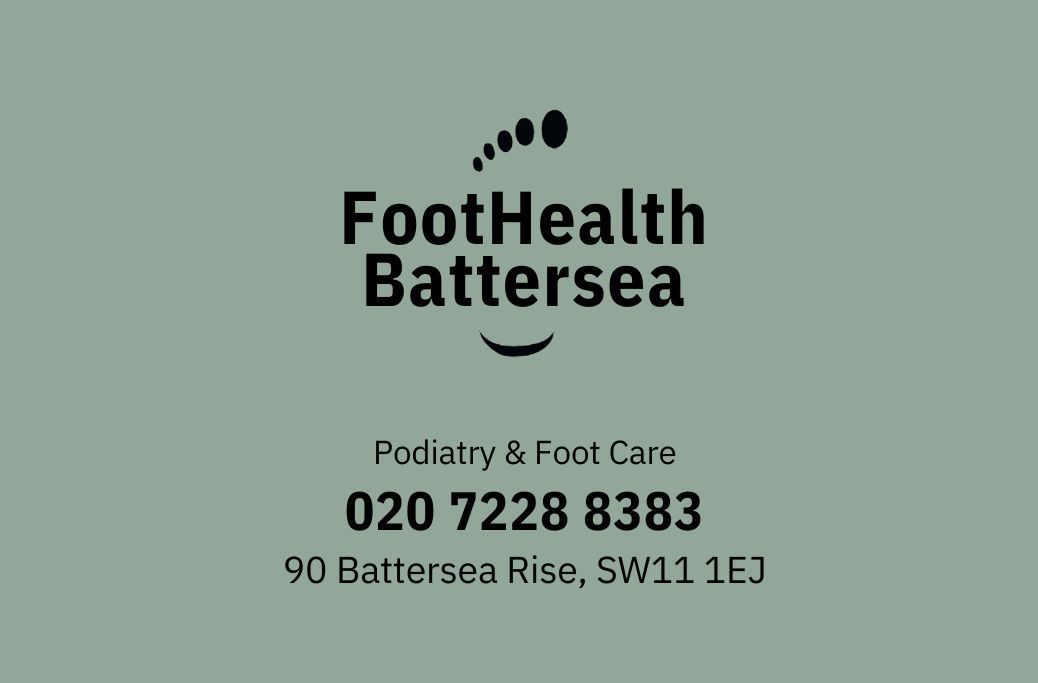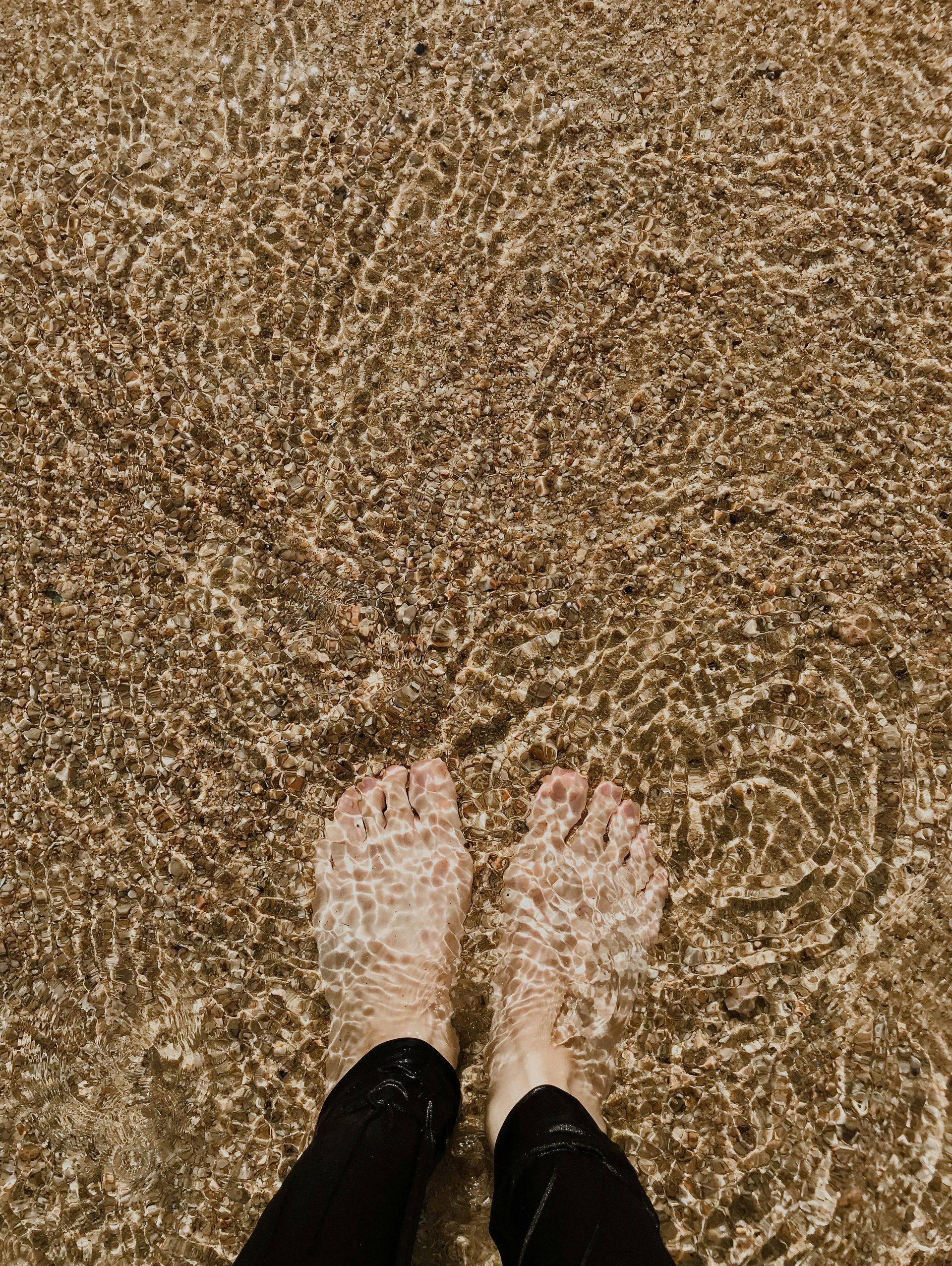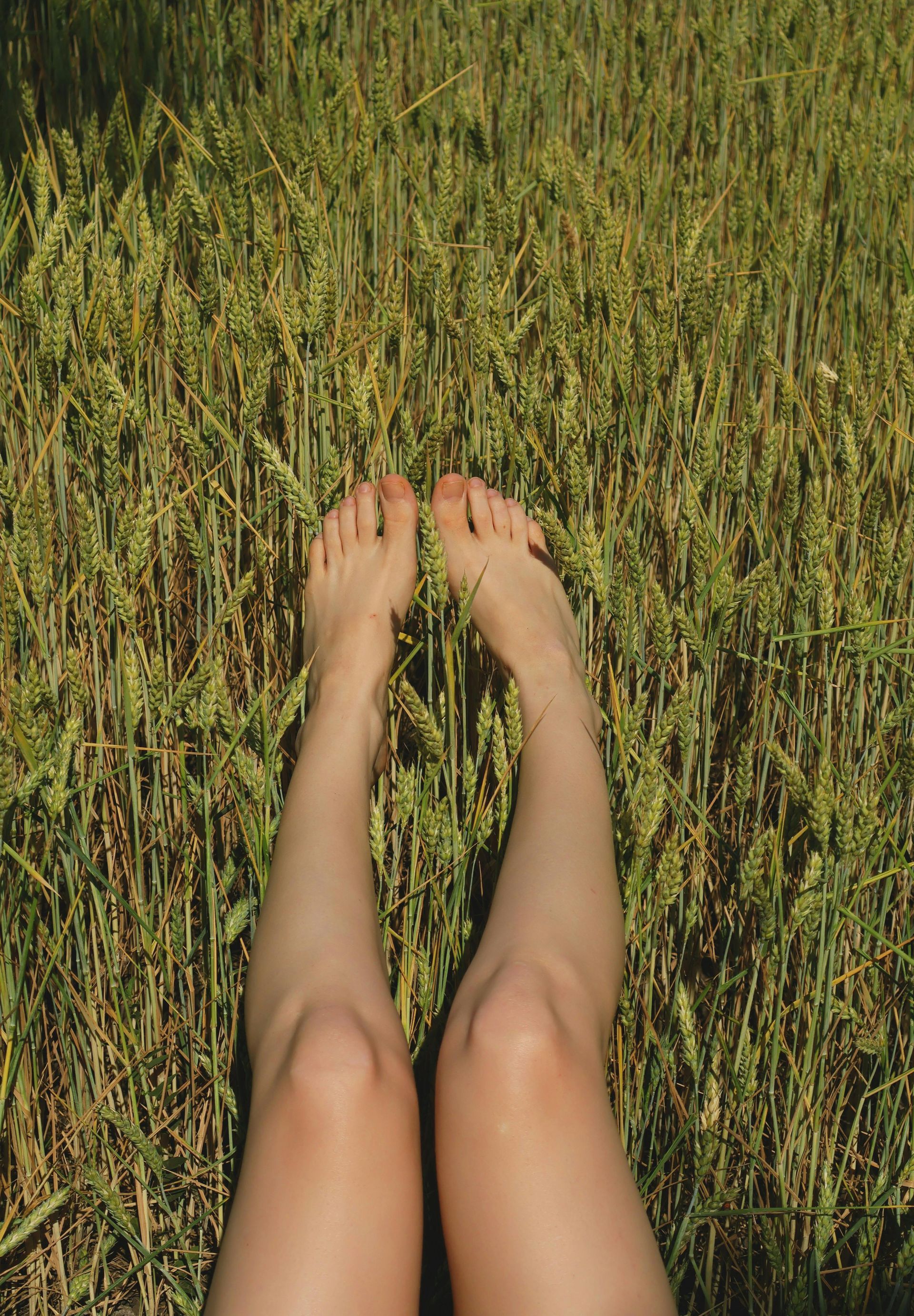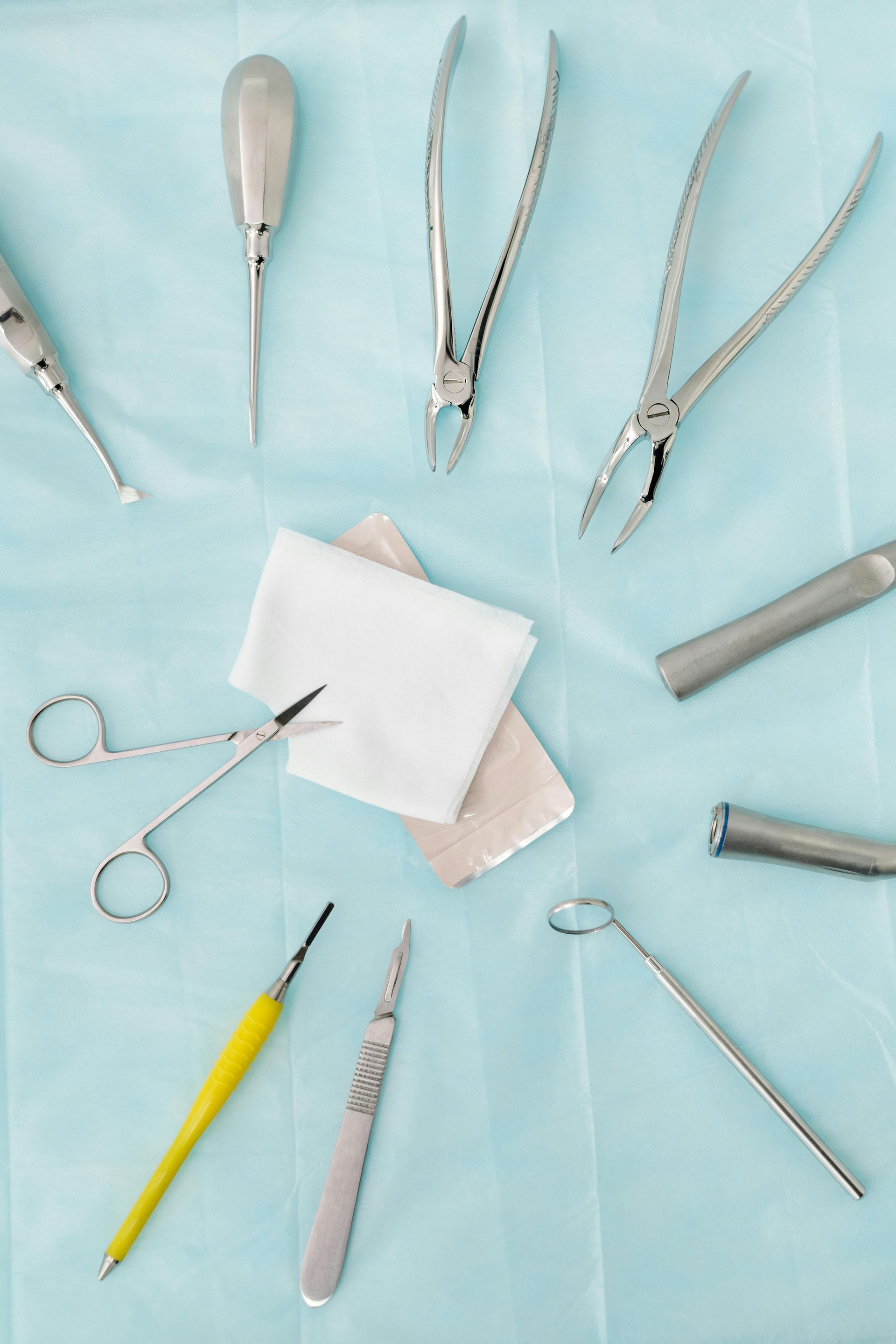020 7228 8383 info@foothealthbattersea.co.uk
Falknor Needling
Falknor Needling
A Comprehensive Guide to Verrucae Treatment

At FootHealth Battersea, we understand that verrucae (also known as plantar warts) can be a persistent and troublesome issue. While various treatment options exist, Falknor needling stands out as an effective method for managing these stubborn warts. In this extensive guide, we’ll explore the ins and outs of Falknor needling, from its procedure and benefits to aftercare and potential outcomes.
What Are Verrucae?
Before diving into Falknor needling, it's important to understand what verrucae are and why they can be so challenging to treat.
Verrucae are warts that appear on the soles of the feet and are caused by the human papillomavirus (HPV). These warts can be painful and may cause discomfort while walking. They often have a rough texture and can spread if not treated promptly.
What is Falknor Needling?
Falknor needling is a specialised technique used to treat verrucae by inducing a localised immune response. Developed by Dr. Falknor, this method targets the verruca directly, encouraging the body's natural defences to combat the HPV virus.
Procedure Overview:
Assessment and preparation:
- Initial Consultation: A thorough assessment is conducted to determine the best treatment approach for your verruca. Your podiatrist will examine the size, location, and number of verrucae.
- Preparation: The area around the verruca is cleaned to minimise the risk of infection. Depending on your comfort level and the size of the verruca, local anaesthesia may be administered to numb the area.
Needling Process:
- Sterilisation: The needle used in Falknor needling is sterilised to ensure a clean procedure.
- Puncturing the Verruca: The podiatrist uses a fine needle to make small punctures in and around the verruca. This controlled trauma is designed to stimulate the immune system's response.
- Application of Pressure: Gentle pressure is applied to ensure the needle penetrates the verruca effectively.
Post-Treatment Care:
- Immediate Care: The treated area is cleaned and bandaged to protect it and minimise the risk of infection.
- Follow-Up: A follow-up appointment is scheduled to monitor the healing process and determine if additional sessions are necessary.
Benefits of Falknor Needling
Falknor needling offers several advantages for treating verrucae:
Targeted Immune Response:
- Direct Stimulation: The procedure induces a localised immune response by creating a controlled trauma to the verruca. This helps the body recognise and target the HPV virus more effectively.
Minimal Downtime:
- Quick Recovery: Most patients experience only mild discomfort after the procedure, and normal activities can generally be resumed quickly.
Effectiveness:
- Persistent Cases: Falknor needling is particularly effective for verrucae that have proven resistant to other treatments, such as over-the-counter remedies or cryotherapy.
Precision:
- Controlled Technique: The use of a fine needle allows for precise targeting of the verruca, minimising damage to surrounding healthy tissue.
Potential Risks and Considerations
While Falknor needling is generally safe, it's important to be aware of potential risks and considerations:
Discomfort:
- Pain Levels: Some patients may experience mild to moderate discomfort during and after the procedure. Local anaesthesia can help minimise this.
Healing Time:
- Post-treatment Care: The treated area may be tender for a few days, and proper aftercare is essential to avoid complications.
Infection Risk:
- Hygiene: Maintaining good hygiene and following aftercare instructions from your podiatrist are crucial to prevent infection at the site of needling.
Multiple Sessions:
- Effectiveness: In some cases, multiple Falknor needling sessions may be required to completely eradicate the verruca.
Aftercare and Recovery
Proper aftercare is vital to ensure optimal healing and reduce the risk of complications. Here’s what you need to know:
Immediate Care:
- Cleaning: Gently clean the area with mild soap and water. Avoid using harsh chemicals or scrubbing the treated area.
Protection:
- Bandaging: Keep the area covered with a sterile bandage to protect it from dirt and bacteria. Change the bandage regularly.
Avoiding Irritation:
- Footwear: Wear comfortable, well-fitting shoes that minimise pressure on the treated area.
Monitoring:
- Signs of Infection: Watch for signs of infection, such as increased redness, swelling, or discharge. If these occur, contact your podiatrist promptly.
Follow-Up:
- Appointments: Attend all scheduled follow-up appointments to monitor the healing process and determine if additional treatments are necessary.
Comparing Falknor Needling with Other Treatments
To make an informed decision, it’s helpful to compare Falknor needling with other common verruca treatments:
Cryotherapy:
- Procedure: Involves freezing the verruca with liquid nitrogen.
- Effectiveness: Can be effective but may require multiple sessions.
- Recovery: Typically involves some discomfort and a longer recovery period.
Salicylic Acid Treatments:
- Procedure: Over-the-counter treatments that dissolve the verruca over time.
- Effectiveness: May be less effective for larger or persistent verrucae.
- Recovery: Generally involves daily application and can be time-consuming.
Laser Therapy:
- Procedure: Uses laser energy to destroy the verruca.
- Effectiveness: Effective but may require multiple sessions.
- Recovery: minimal downtime, though the area may be tender afterward.
Swift Treatment:
- Procedure: Utilises microwave energy to treat verrucae.
- Effectiveness: Effective and non-invasive, but may require a series of treatments.
- Recovery: Typically quick with minimal discomfort.
Falknor needling is a valuable option for treating verrucae, especially when other methods have proven ineffective. By directly stimulating the immune response, this technique offers targeted and effective treatment for persistent plantar warts.
If you’re considering Falknor needling or want to explore whether it’s the right option for you, contact FootHealth Battersea today. Our experienced team is here to provide personalised care and help you make the best decision for your podiatric health.
Get in touch with us for a consultation and take the first step towards effective verruca treatment!
Read More from our Blog
FootHealth Battersea Blog Spot
Can FootHealth Battersea assist you?
Our customers share the best stories! Discover why Foothealth Battersea is the preferred Podiatry clinic in South West, London.












